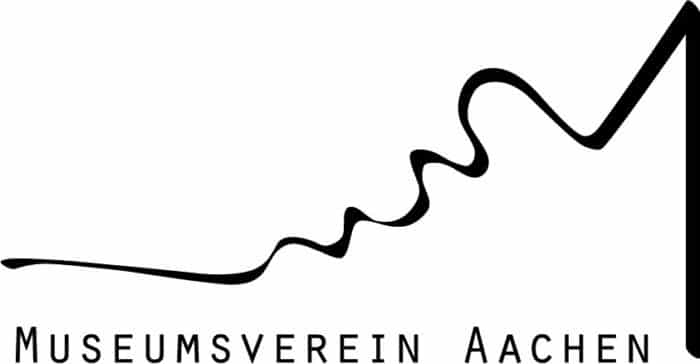Small Salon
The entrance to the small salon is through the carved folding door from the „Wespienhaus“. What we call the „Kölner Decke“ is from the late 17th century, i.e. during the period of origin of the „Coeberghisches Stockhaus“. The ceiling construction refers to medieval architecture in which the room dimensions depended on the carrying beams. In the large banqueting hall, on the other hand, one can recognise the advanced ceiling construction of the 18th century, which could do without the binding beam and therefore could provide generous room dimensions.
The Régence wooden panelling are spolia from the Baroque interior of the Town Hall. Together with the two carved consoles with mirrors and the Trumeau pictures from the „Kerstenscher Pavillon“, these individually preserved pieces give an impression of the magnificent design of the Aachen Rococo buildings, which were destroyed during the war.
The room is characterised by the Louis XVI glass cabinet. At the end of the 18th century the ornamentation changed from the Rocaille of the Rococo to the garland of Louis XVI. The fine carving work covers the wings of the door and corner elements in a web of twines, bows and ribbons. The upper part of the cabinet is also decorated with elaborate bows and twines. The curved cornice is crowned with a fragile wreath.
The Aachen chest of drawers with clock is of outstanding significance in the art of furniture making in the 18th century. Above the lower construction with four drawers decorated with Rocaille carving, a writing element rises with very particular corner volutes. This piece of furniture seems almost to grow into the clock tower. It is indeed a long case clock that has been integrated into the chest, whose pendulum and weights hang in the cut-out areas behind the drawers.


